An enduring Australian icon is in danger of becoming endangered. On "Save the Koala Day," we put together a series of facts you might not know about the increasingly vulnerable animal.
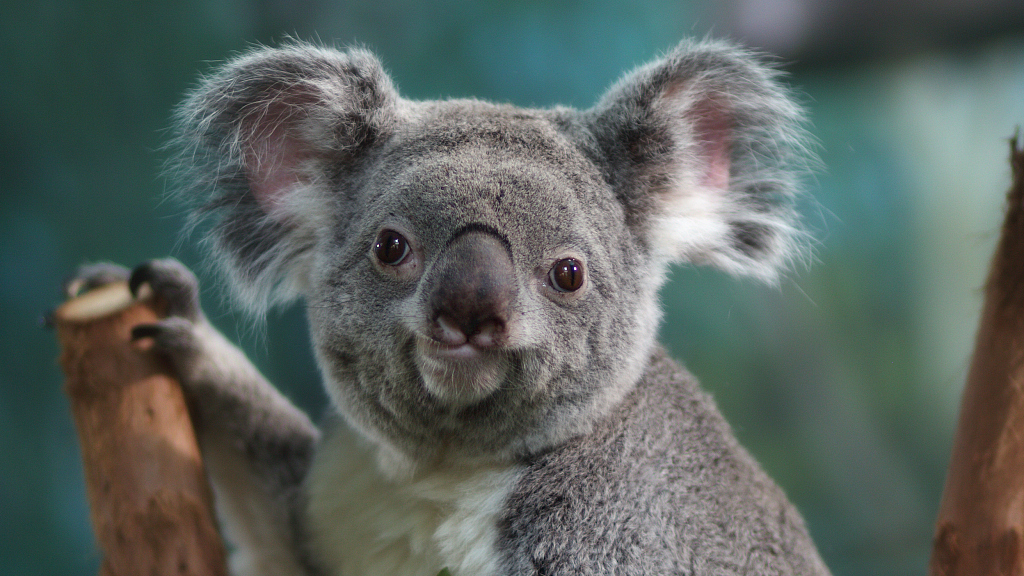
We do not want to lose the cute creature. /VCG Photo
We do not want to lose the cute creature. /VCG Photo
1. The koala is one step from being endangered
We may have the illusion that koalas are common, because we see them so frequently in zoos, on posters and shirts, television and online. However, the cuddly mammal is classified as "vulnerable" by IUCN, which is only one step from "endangered."
2. They're confined to certain areas of Australia
Because there are still 300,000 koalas in Australia. It is not a so small population, but why they are vulnerable? Because the population keeps dropping, and all koalas live within confined areas of eastern Australia, which means they are vulnerable to infectious diseases, fires, droughts and local habitat loss.
They used to be hunted, too. Koalas were killed in the early 20th century for its fur, and large-scale cullings took place in Queensland where over one million koalas were killed.

Because of their slow movement, the koalas are vulnerable to fires and droughts caused by climate change. /VCG Photo
Because of their slow movement, the koalas are vulnerable to fires and droughts caused by climate change. /VCG Photo
3, The koala is even lazier than you thought
They sleep 20 hours a day. It is totally understandable because if you have to live on toxic leaves, you would very much want to save every bit of energy.
4. The word koala means 'no water' in tribal dialect
Koalas usually don't drink water. But this does not mean they don't need water. The koala gains water from leaves. There are very rare cases when koalas drink from waterholes when there is a drought and leaves become dry.
By the way, as you may have guessed, the koala's poop is very, very dry, in order to save more water.
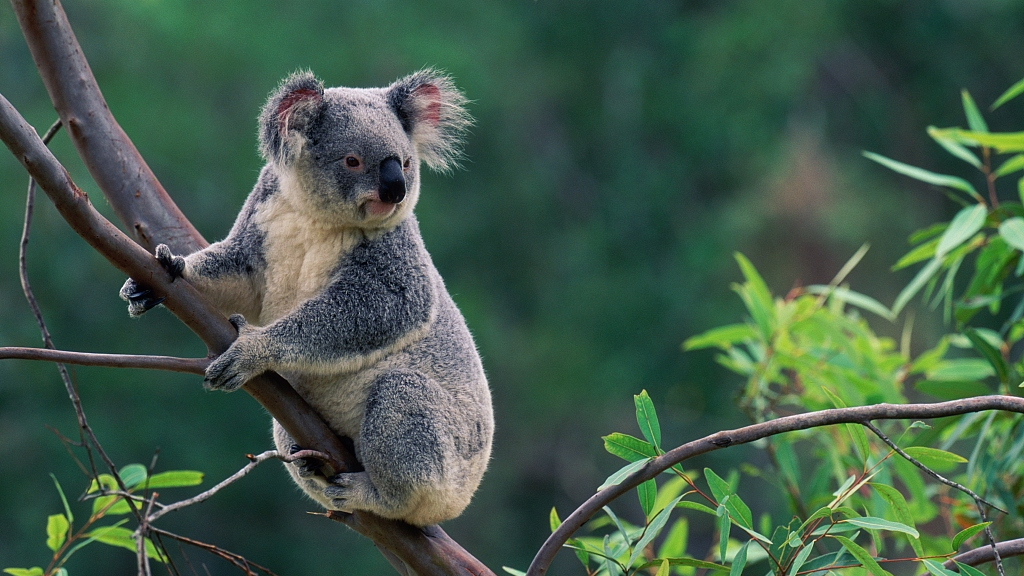
Just like you and me, the koala needs water to survive. /VCG Photo
Just like you and me, the koala needs water to survive. /VCG Photo
5. The koala has a really small brain
The koala has one of the smallest brains in proportion to body weight of any mammal. Its brain weighs less than 20 grams. But its body weight can be 4-15 kilograms.
The small brain size may be an adaptation to the energy restrictions imposed by its diet, which is insufficient to sustain a larger brain.
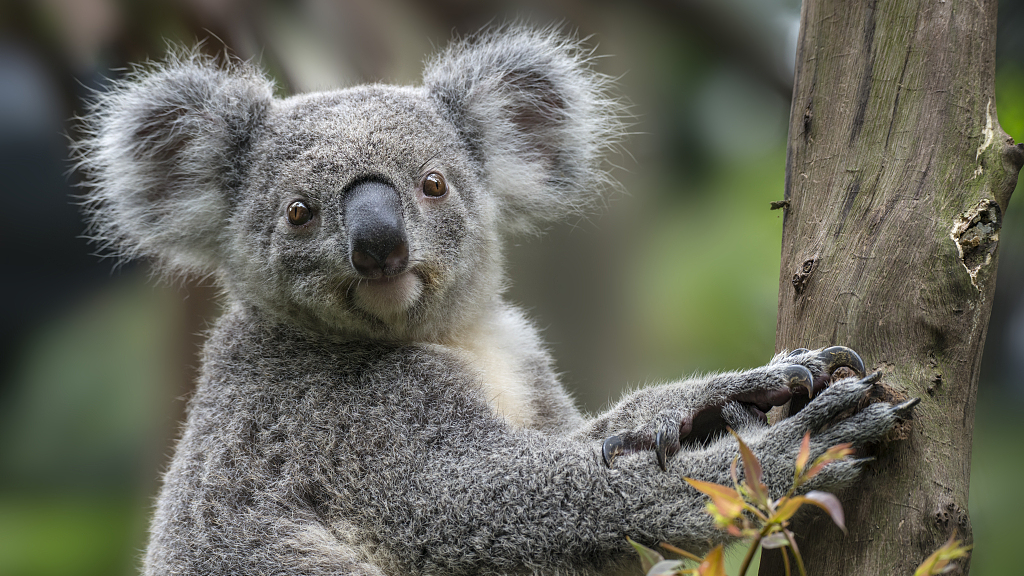
Super cute, but not so smart. /VCG Photo
Super cute, but not so smart. /VCG Photo
6. It may take 100-200 hours for the koala to digest
The koala has a difficult diet. The eucalyptus leaf has low nutritious value and also high in toxicity. It also contains large amounts of dietary fiber. This is why the koala needs more time to digest.
Did I mention that the koala has a 2-meter caecum, too? Even with a powerful digestive system, its metabolic rate is only half that of a typical mammal.
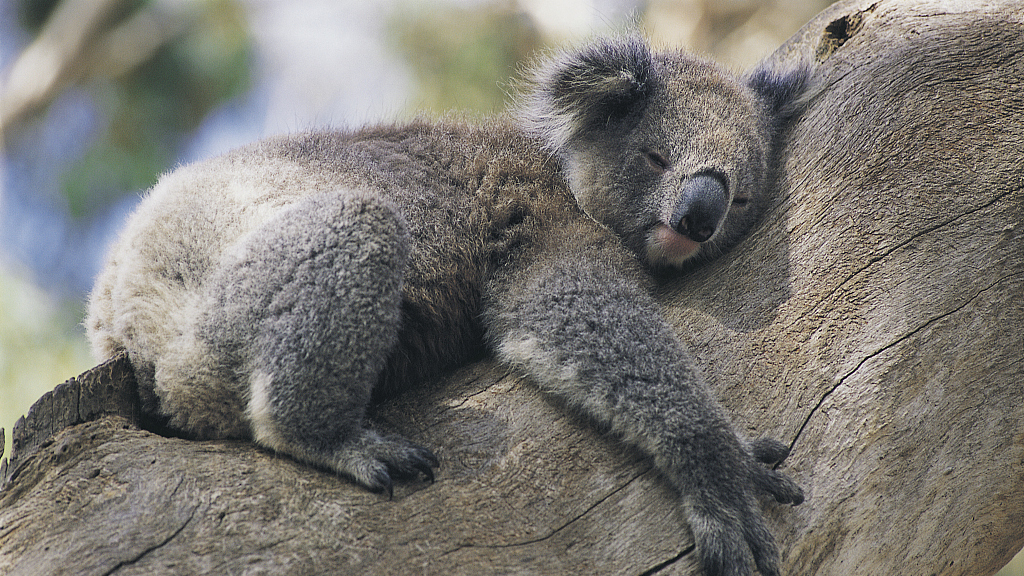
Hundreds of hours of digesting is tiring. /VCG Photo
Hundreds of hours of digesting is tiring. /VCG Photo
Despite of the stout body shape, the koala stores very little fat in its body, which means it has to spend most of their waking hours eating.
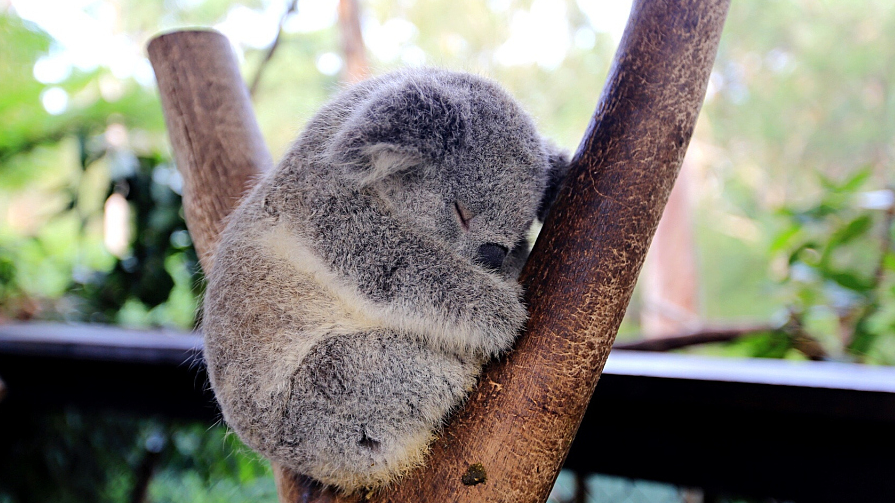
The ball is NOT fat. /VCG Photo
The ball is NOT fat. /VCG Photo
8. The koala has 'social phobia'
They spend only about 15 minutes on social activities each day.
The males do bellow at each other and sometimes they burst into battles over territory. But generally, koalas do not fight because it wastes precious energy.
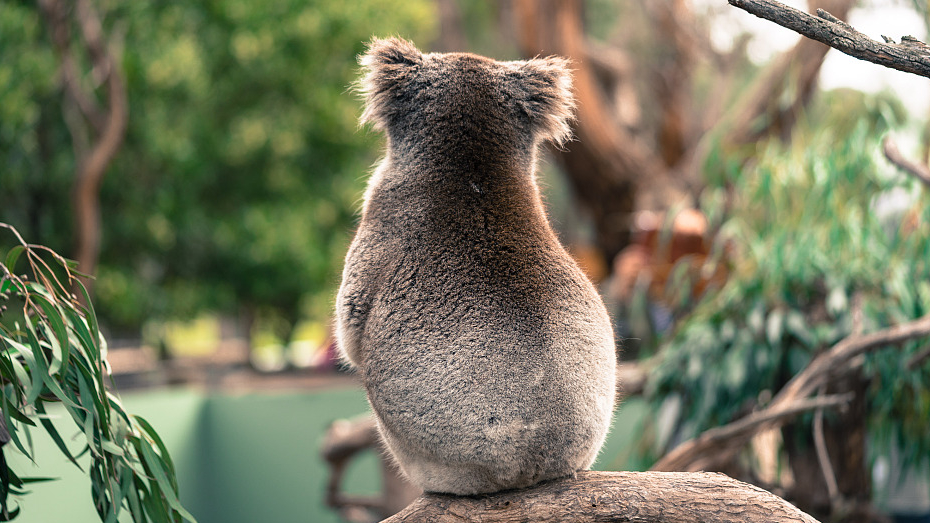
Koalas usually do not want to interact with each other. /VCG Photo
Koalas usually do not want to interact with each other. /VCG Photo
9. Baby koalas have to eat their mothers' poop...
...to acquire the bactarias necessary for detoxicating eucalyptus leaves.
It is special poop produced by the mother. And the baby has to eat it for a month.
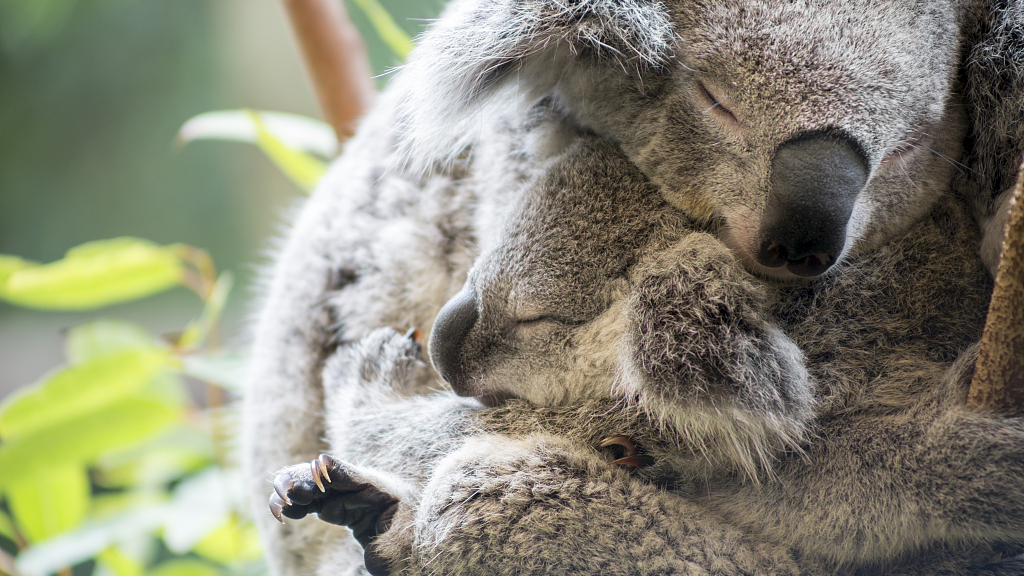
The cute poop-eater... /VCG Photo
The cute poop-eater... /VCG Photo
10. Some other facts which are even harder to describe...
As in most marsupials, the male koala has a bifurcated penis. And the female has two lateral vaginas and two separate uteri.
(Cover image via VCG)
(If you want to contribute and have specific expertise, please contact us at nature@cgtn.com.)